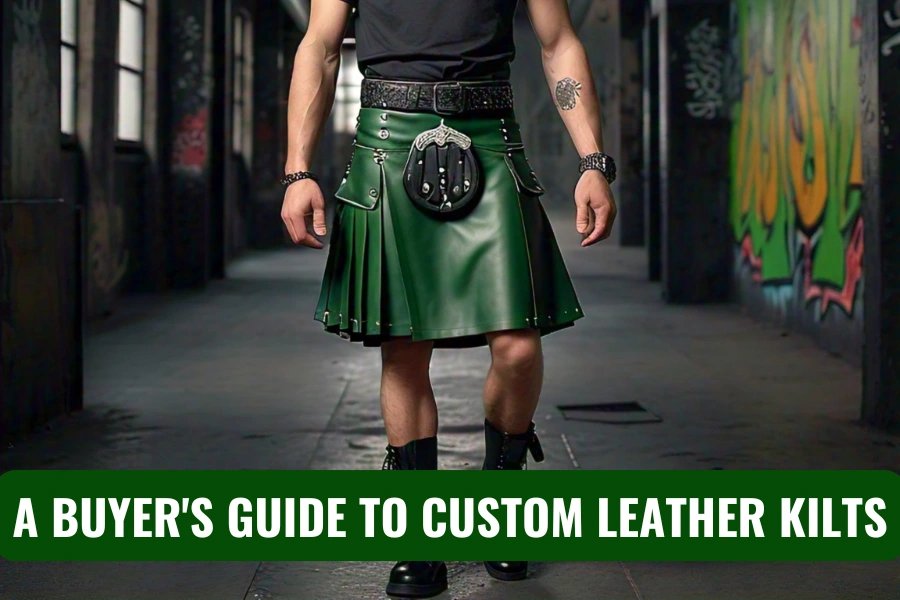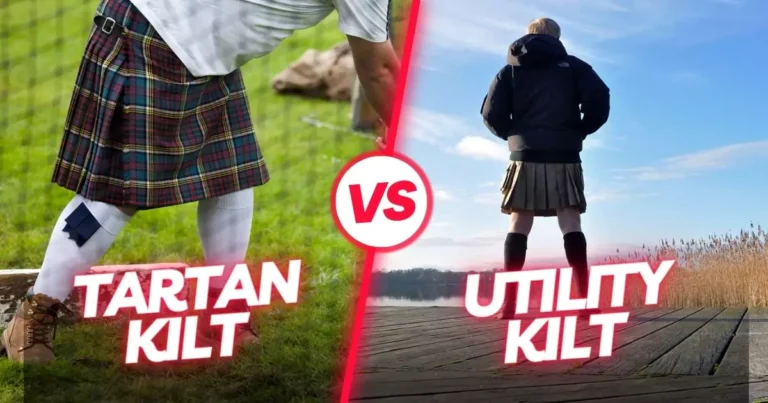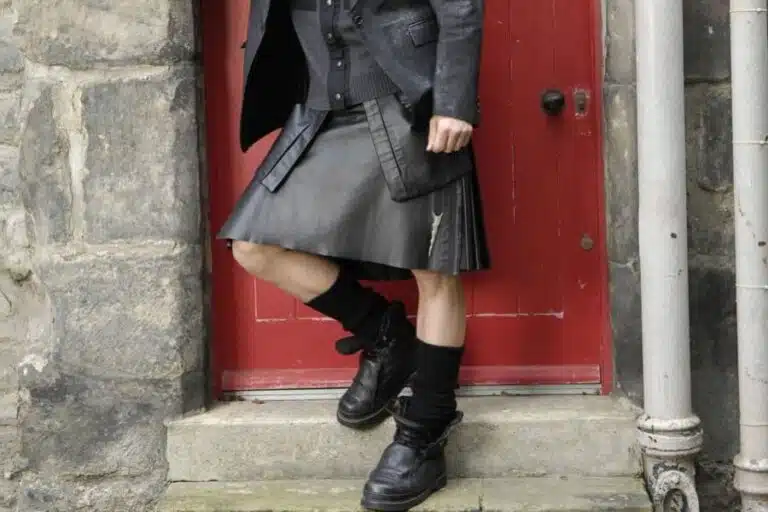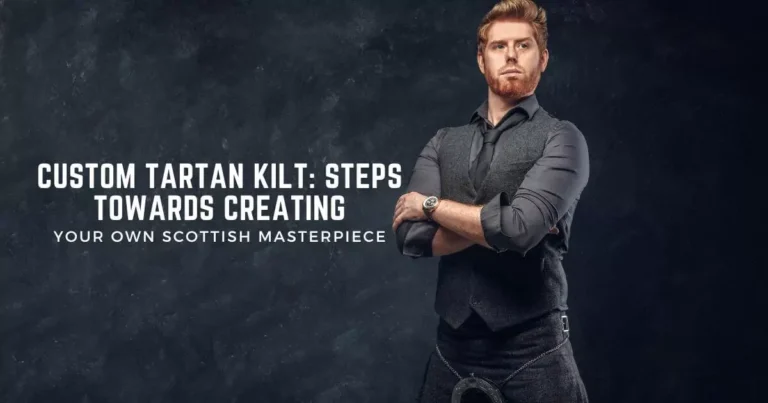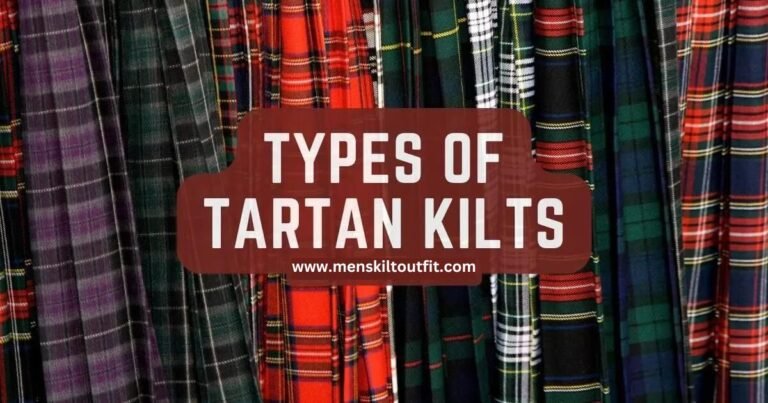A Buyer’s Guide To Custom Leather Kilts
When first time buying a custom Leather kilt, you are confused about quality, best work, and overpaying. These are logical concerns, with the increasing popularity of leather kilts as a unique fashion statement new buyers want more info about Leather Kilt. So we are here to guide you through crucial steps while selecting a custom leather kilt.
Why Buying Custom Leather Kilts Can Be Tricky
Investing in a custom leather kilt is fascinating, but it also comes with a dare. Here are some common issues buyers face:
Material Quality Variability
Many male leather kilt makers claim that their leather is “genuine leather,” but not all leather is created equal because some materials like subpar materials may crack, peel, or wear out quickly, leaving you with a product that doesn’t last.
Fit Issues
Off-the-shelf kilts often don’t match the unique proportions of the wearer. Too tight or too loose, and the kilt becomes uncomfortable or looks awkward. Customization is key, but without proper guidance, many end up with a poor fit.
Limited Design Options
Buyers mainly want customizable Leather kilt because often they don’t like the pre-made design. They struggle to find designs that match their preferences.
Overpricing and Misleading Claims
The market is overcrowded with sellers offering custom leather kilts at steep prices but delivering low-quality products. The lack of transparency in pricing means they add double delivery charges while receiving at home causing frustration for buyers.
Why These Problems Demand Attention
While investing in a Leather kilt, you want your satisfaction that the product you buy is according to your choices. Here are some challenges that can’t be ignored:
Longevity Matters
Poor-quality leather deteriorates quickly, forcing you to spend more on replacements or repairs. For instance, genuine leather can last up to 10–20 years when maintained properly, but low-grade leather may only last a few months.
Comfort and Confidence
An ill-fitting kilt doesn’t just look bad—it can be uncomfortable, restricting movement and leading to dissatisfaction. Custom kilts are an opportunity to get a perfect fit, but if done wrong, they waste time and money.
Design Reflects Personality
Your kilt is an extension of your personality. Settling for limited designs can leave you with a product that doesn’t match your vision or occasions where you intend to wear it, like cultural festivals or formal gatherings.
Guide To Buying a Custom Leather Kilt:
Step 1: Understanding Leather Types Impact on Quality
This knowledge of the types of leather will help you to find the best quality.
- Full-Grain Leather
- Most enduring and high-quality option.
- Ideal for kilts if you want longevity.
- Top-Grain Leather
- Slightly lower quality than full-grain but still durable.
- Sanded to remove imperfections, offering a smoother finish.
- Genuine Leather
- Often a marketing term for lower layers of leather.
- Less durable and prone to peeling over time.
- Bonded Leather
- Made from leather leftovers and glue.
- Least lasting and is not used for kilts.
Step 2: Get The Fit Right
Customization restricts tailor that the kilt must be your body type. Follow the steps for the perfect fit:
- Provide Accurate Measurements
- Waist size: Measure at the point where you’ll wear the kilt (usually around the navel).
- Length: Decide how long you want the kilt to fall. Traditionally, it should end at the middle of the knee.
- Choose Adjustable Features
- Kilts with adjustable straps or buckles can accommodate slight changes in weight or layering.
Step 3: Pick a Design That Matches Your Style and Needs
When customizing a leather kilt, consider these factors:
- Purpose
- Formal Events: Opt for sleek
- Casual Outings: Experiment with studded kilts
- Customization Options
- Many sellers offer choices for:
- Pocket size and placement
- Strap design
- Beautifying elements
Step 4: Evaluate The Pricing
The pricing of a custom leather kilt depends on numerous factors:
- Material use while Kilt making the process
- Complexity of designed
- Handcrafted kilts require skilled labor, which increases the cost but ensures quality.
- Price Range:
- Basic leather kilts: $150–$300
- High-quality custom kilts: $400–$800
Tip: Avoid deals that seem too good to be true; they may compromise on quality.
Step 5: Choose a Reliable Seller
Researching sellers is a tiring process but firstly you are critical to ensure you get what you pay for. Here’s how:
- Read Reviews and Testimonials
- Ask for Samples or Proof of Work
- Check Return Policies
Step 6: Care For Your Leather Kilt
For Long-lasting use of your favorite piece maintenance of your Leather kilt is essential. Here’s how:
- Clean Regularly
- Use a moist cloth to remove dirt and avoid using chemicals.
- Condition the Leather
- 6–12 months use of conditioner prevent it from cracking.
- Store Properly
- Hang the kilt in a cool, dry place to maintain its shape and avoid moisture damage.
Conclusion: Your Ideal Custom Leather Kilt Awaits
By understanding leather quality, prioritizing fit, and carefully selecting a seller, you can invest in a kilt that offers style, comfort, and durability. Follow this guide to avoid common pitfalls, and you’ll enjoy a product that reflects your personality and stands the test of time.
Ready to leap? Begin by researching reputable sellers like “Men’s Kilt Outfit” and comparing customization options. Your perfect Leather kilt is just a few steps away.

